MATALE
Matale, often written as Mathale, is the largest town of the Matale District of the Central Province, of Sri Lanka. Colombo and near Kandy are 142 kilometers away. Matale town is something of an urban sprawl, with very little to sightseers to commend. It’s what lies to the north and east— a fertile valley filled with spices, vanilla and rubber plantations, and the beautiful Knuckles mountain range, with its unparalleled views, certainly worth a visit.
ATTRACTIONS IN MATALE
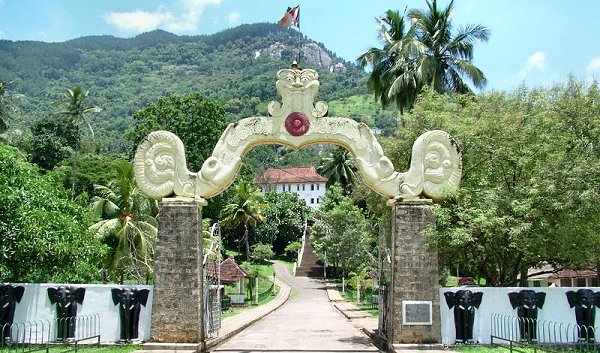
THE ALUVIHARE ROCK TEMPLE
The Aluvihare Rock Temple (also known as Matale Alu Viharaya) is a sacred Buddhist temple in Aluvihare, Sri Lanka’s Matale District. Surrounded by mountains, the Aluvihara Cave Temple is located 30 km south of Kandy on the Matale-Dambulla highway. Aluvihare Rock Temple’s history is traced back to King Devanampiyatissa’s reign in the 3rd Century B.C. It is thought that after Buddhism was introduced to the country during his reign, the King constructed the dagaba, planted the Bo sapling and established the temple.
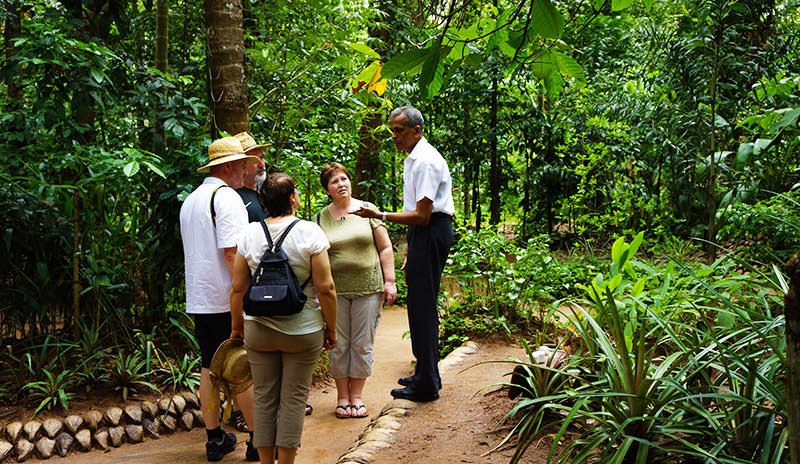
CEYLON SPICE GARDENS
Sri Lanka is renowned for visiting a spice garden in Matale to see many distinct kinds of spices. The Matale spice gardens are among the best on the island, just 25 km from Kandy’s hill capital. You will be introduced to various spices and show how to grow and process some of these spices.
In the area, a processing and training unit has been set up and farmers are grouped into a cooperative to ensure fair prices and you can also buy spices. Gardens are open to visitors, a delightful place to walk in fragrant greenery and learn about nutmeg, pepper vines, clove and curry trees, cinnamon and the precious ginger cardamom.
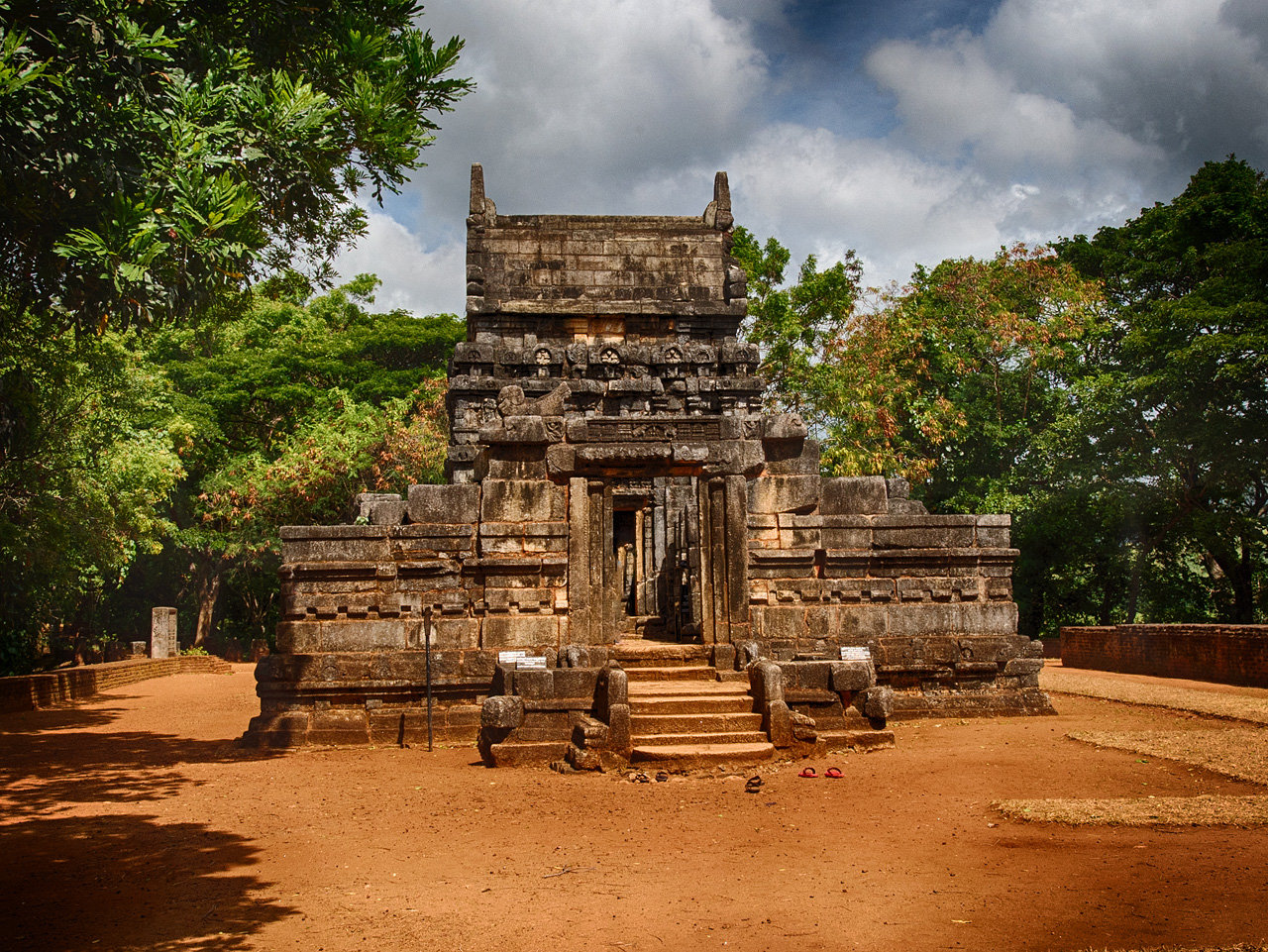
NALANDA GEDIGE
Nalanda Gedige is an old full stone temple close Matale, Sri Lanka and was regarded the center of Sri Lanka as its initial site. The structure was built with dravidian architecture in (Pallava style) between the 8th and 10th centuries and is thought to have been used by Buddhists. This construction is also described by some academics as a dravidian architecture devoted to a Mahayana cult with pronounced Tantric teaching and renowned for an ancient monument of potential Vajrayana (Tantric) Buddhist affinities.
Nalanda Gedige is intended with a mandapa on the lines of a Hindu temple, an entrance hall (originally roofed), a brief passage to a bare cello, and an outpatient round the holy core. There are a limited number of original Hindu deity statuettes within the temple, but on the southern side of the tympanum above the sanctuary a statue of the God Kubera appears, a feature that can only be seen in Sri Lanka. The richly decorated facade parts, reassembled laboriously in 1975, are predominantly in the style of South Indian. Although they cannot be exactly dated, sometime between the 8th and 11th centuries they are thought to have originated.
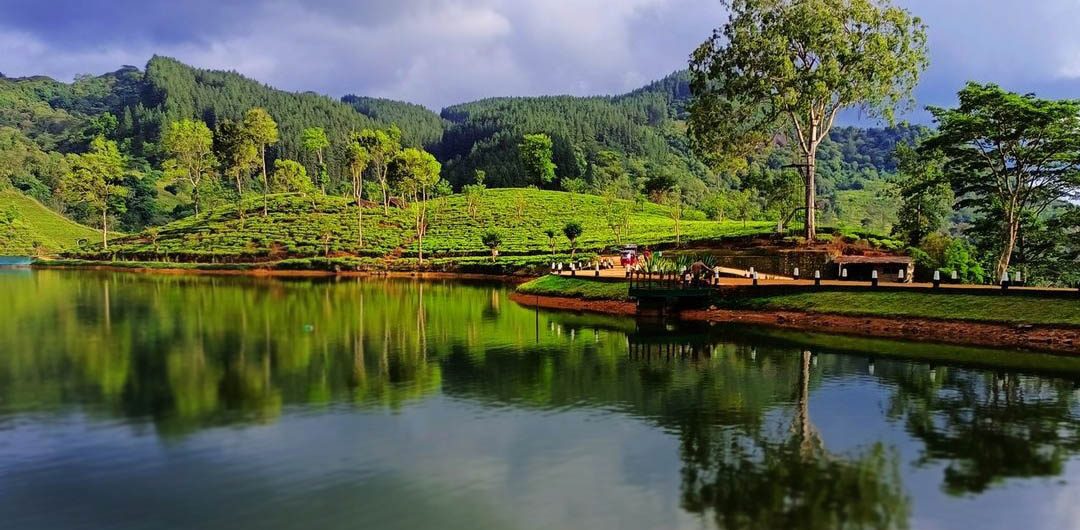
SEMBUWATHTHA LAKE
Sembuwaththa Lake is a charmingly scenic but lesser-known attraction on a plateau of a local tea plantation, 14 kilometers from Matale town. Surrounded by tea areas, the lake offers stunning views of the rolling hill nation, while summer cottages and a mountain-fed swimming pool provide an idyllic place to relax and recover. The British colonial rulers constructed a golf course on the site, according to local villagers. If true, finding a more dramatic water hazard would be hard pressed!
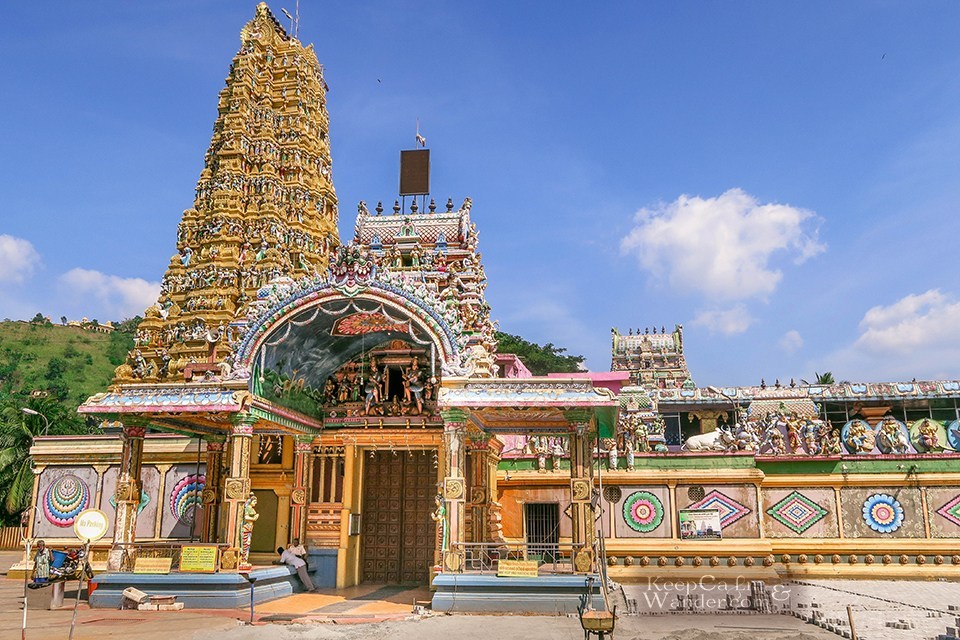
SRI MUTHUMARIAMMAN TEMPLE
The temple is renowned in the region for both Hindu and Buddhist individuals. Hindus venerate the Hindu goddess of rain and fertility, Muthumari Amman, while Buddhists venerate this temple as a location devoted to Pattini goddess, the patron deity of fertility and health. Sri Muthumariamman Temple history can be traced back to the nineteenth century.
